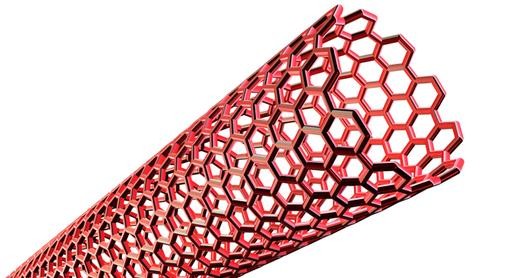Most people would agree that fossil fuels simply need to go. They’re the cause of pollution, wars and climate change. Scientists have been researching alternative energy solutions like wind and solar power, and hydrogen fuel for cars, for years. But while some automakers -- like Toyota and Honda -- are bringing hydrogen-fueled cars to market, wind and solar are still more expensive than oil and coal and may not be the best solution for all places or uses.
Here are 7 of the more unusual sources that go above and beyond the norm. Who knows -- one day, you may use sugar to power your laptop or bacteria to run your car.
1. Sugar
Traditionally, putting sugar into a gas tank is a prank that can ruin a car’s engine.
Researchers and chemists at Virginia Tech are developing a way to convert sugar into hydrogen, which can be used in a fuel cell, providing a cheaper, cleaner, pollutant-free and odorless drive. The scientists combine plant sugars, water and 13 powerful enzymes in a reactor, converting the concoction into hydrogen and trace amounts of carbon dioxide.
Their process delivers three times more hydrogen than traditional methods, which translates into cost savings.
2. Solar Wind

One hundred billion times more power than humanity currently needs is available right now, out in space. It comes through solar wind, a stream of energized, charged particles flowing outward from the sun. Brooks Harrop, a physicist at Washington State University in Pullman and Dirk Schulze-Makuch of Washington State’s School of Earth and Environmental Science, think they can capture these particles with a satellite that orbits the sun the same distance Earth does.
What seems more realistic is to use this satellite in order to power nearby space missions.
3. Feces and Urine
Most people think that feces and urine should be disposed of immediately. But feces contains methane, a colorless, odorless gas that could be used in the same way as natural gas.
4. Body heat
The next time you’re standing in a crowded subway in the middle of summer, don’t sweat it. The heat your body produces can warm an entire building, complete with offices, apartments and shops. The heat will warm water running through pipes, which will then be pumped through the building’s ventilation system. At least that’s what's happening in Stockholm and Paris.
5. Sludge
California municipalities alone produce 700,000 metric tons of dried sludge annually, which has the potential to generate 10 million kilowatt-hours of electricity per day. The University of Nevada, Reno, is drying sludge to make it burnable for a gasification process, which turns it into electricity. A team of researchers at the university built the processing machine as a way of producing low cost and energy efficient technology. The machine turns gooey sludge into powder by using relatively low temperatures in a fluidized bed of sand and salts to produce the biomass fuel.
The waste-to-energy technology is designed to be on site which means companies can save on trucking costs, disposal fees, and electricity. Although the research is still ongoing, estimates show that a full-scale system can potentially generate 25,000 kilowatt-hours per day to help power reclamation facilities.
6. Bacteria
Billions of bacteria live out in the wild, and like any living organism, they have a survival strategy for when there is a limited food supply. E. coli bacteria store fuel in the form of fatty acids that resembles polyester. That same fatty acid is needed for the production of biodiesel fuel. So, researchers are looking to genetically modify E. coli microorganisms to overproduce those polyester-like acids.
The scientists removed enzymes from the bacteria to boost fatty acid production, and then dehydrated the fatty acid to get rid of the oxygen, which made turned it into a type of diesel fuel. The same bacteria that can make us sick can also help save people money and the environment, by providing fuel for transportation.
7. Carbon Nanotubes

Carbon nanotubes are hollow tubes of carbon atoms that have a range of potential uses, from armor-like fabrics to elevators that could lift cargo between Earth and the moon. Recently, scientists from MIT have a found a way to use carbon nanotubes to collect 100 times more solar energy than a regular photovoltaic cell. The nanotubes could work as antenna to capture and funnel sunlight onto solar arrays. This means that instead of having an entire rooftop covered in solar panels, a person may need just a small space.
Phys.org
